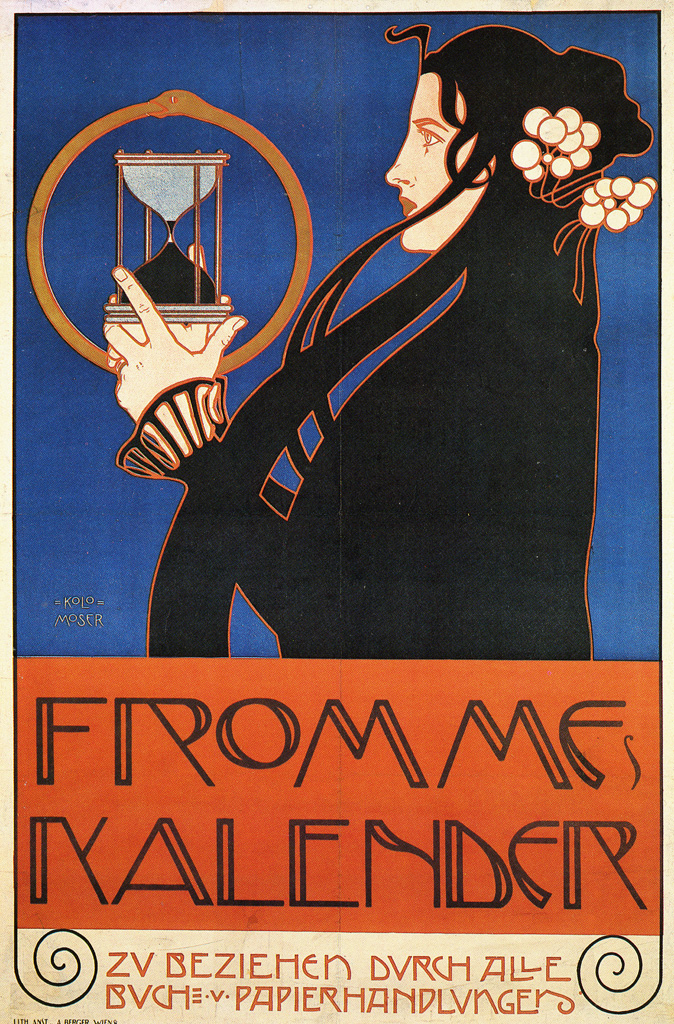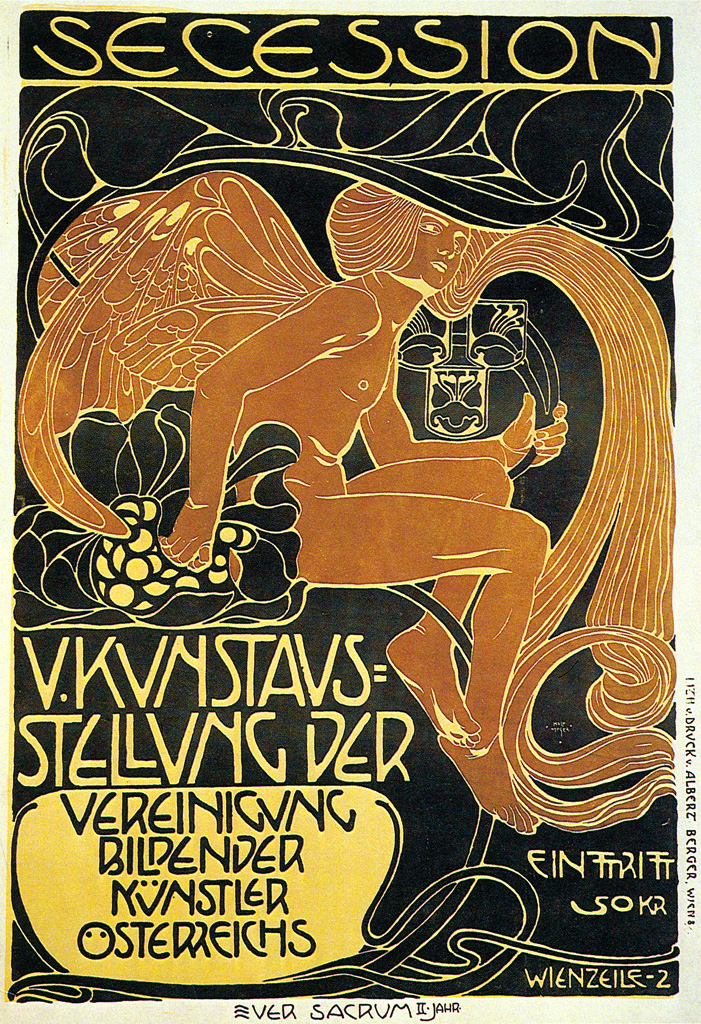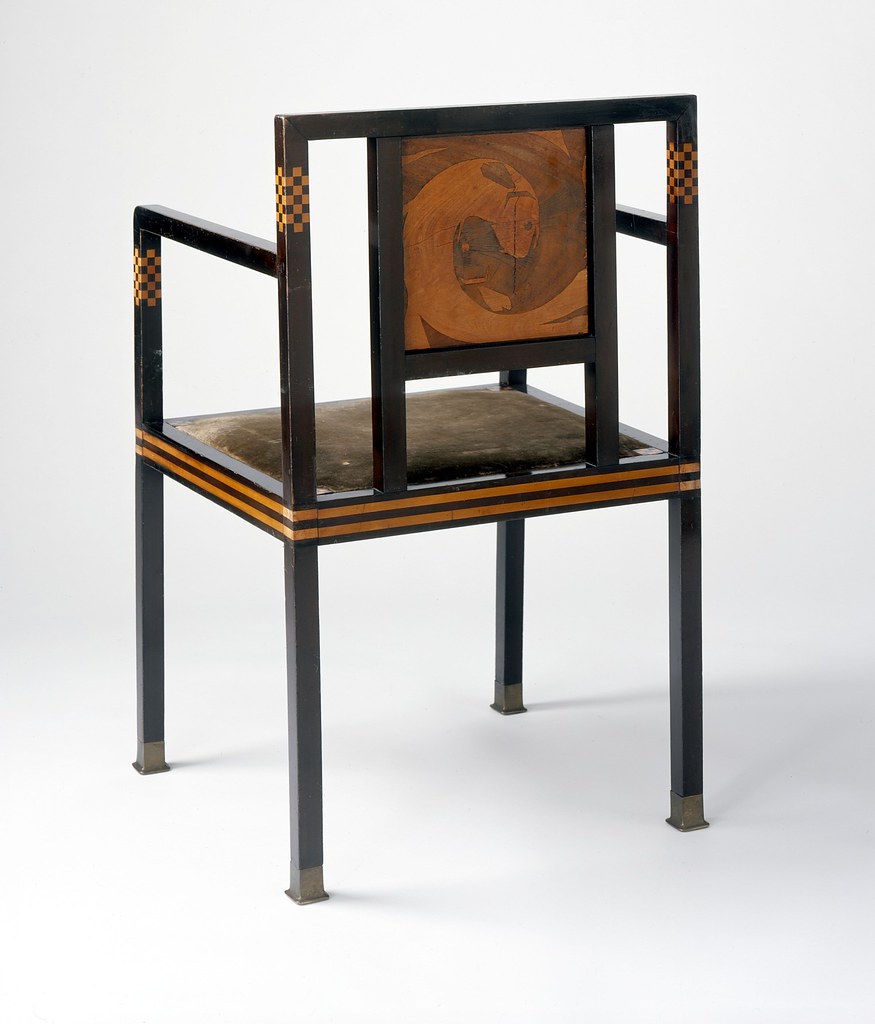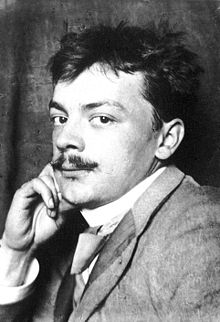Koloman Moser was an Austrian artist who exerted considerable influence on 20th-century graphic art and one of the leading artists of the Vienna Secession movement and a co-founder of the Wiener Werkstätte.

Image source: https://search.creativecommons.org/photos/3bb2dff5-f442-4469-80f1-884a7cf7391e by MCAD Library
Koloman Moser, also named Kolo, was born in March 1868 in Vienna, studied at the Academy in Vienna with Griepenkerl and Rumpler, and then at the School of Arts and Crafts in Vienna where he would become also a teacher from 1900 to 1918.
In that period he knew Joseph Maria Olbrich and J. Hoffmann (both members of the Siebener Club) and in 1897 was one of the founders of the Vienna Secession an association of revolutionary artists and architects. Moser was actively involved with the group’s journal, Ver Sacrum (Sacred Spring), which remained in publication until 1903.

Image source: https://search.creativecommons.org/photos/41bdfb30-78ed-413b-ae5e-2524bcd61766 by dalbera

Image source: https://search.creativecommons.org/photos/b7f1d507-ed2b-41a4-b5b4-b32af516313f by MCAD Library
He designed sculptures and windows for the Building of the Sezession. Together with Hoffman and F. Waerndorfer he started the Wiener Werkstätte in 1903.
During his life he directed his attention to every sphere of applied art, designing furniture, glass, metalware, jewelry together with posters, toys, and interiors.

Image source: https://search.creativecommons.org/photos/b05f0e48-b5c2-4b80-a9c6-812044408847, Fæ
Koloman Moser was always looking to combine the predominantly geometric features with its surroundings in creating a rhythmical space of cubic forms and contrasting colors. He was also one of the very few artists to design stamps in the Jugendstil style.
What is the artistic style of Moser?

Image source: https://en.wikipedia.org/wiki/Koloman_Moser#/media/File:Koloman_Moser.jpg
Koloman Moser‘s works feature a rigorous geometry, as shown by the black and white grid pattern typical of his designs. His designs stand out for their clarity despite the sophisticated construction on which they are often based.
His projects in architecture, furniture, jewelry, graphics, and tapestries helped characterize the work of this era. Moser drew on the clean lines and repetitive motifs of classical Greek and Roman art and architecture in reaction to the Baroque decadence of his turn of the century Viennese surroundings.

Image source: it.wikipedia.org
Info sources:
For more references, please also visit: www.jbdesign.it/idesignpro
